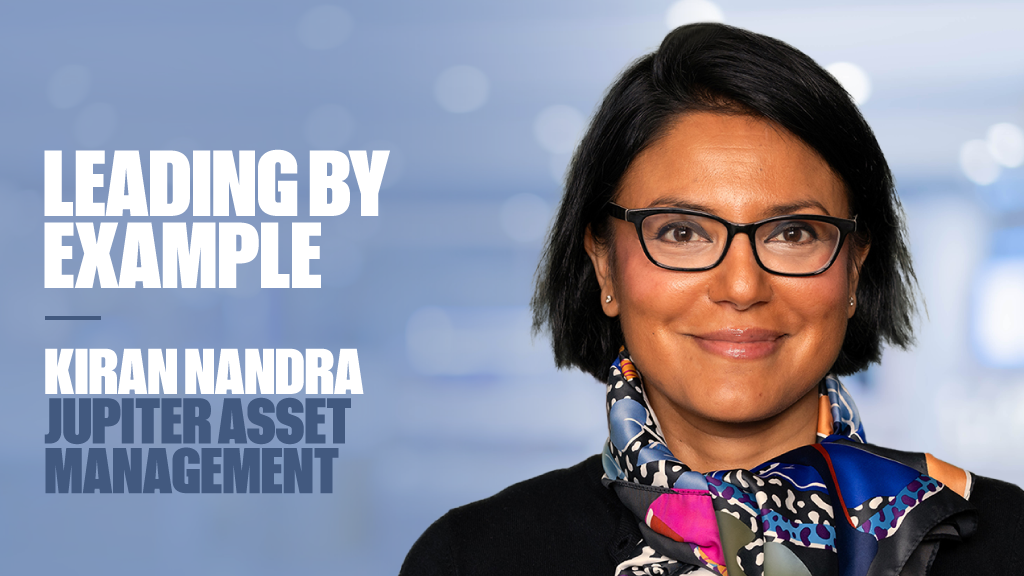To some extent I agree with him. A look at the range of the 40 products currently available on StructuredProductReview.com shows that of the 40, 27 are autocalls of which 19 have the FTSE 100 as their underlying and three are linked to FTSE stocks.
Of the remaining 13 products, seven are income products, with five linked to the FTSE 100 and two to FTSE stocks, and the other six products are growth plans, again linked to the FTSE index or companies, except one which has a bespoke index as its underlying. Just five are dual index products, based on the FTSE 100 and one other.
With the exception of the income products, which have seen resurgence in 2013 since better pricing has been available for these products, in general this has been the layout of the market for a good 18-24 months.
Design brief
Structured products are designed to give investors new and alternative means to achieve their end goals, take a view on the market and diversify their portfolios.
In the wake of the Financial Crisis investors have been looking for ways to obtain cash+ returns in a low interest rate environment – which given the Bank of England’s recent announcement we now know will continue for some time to come – and to do so with some degree of protection to capital. Hence we have seen structured deposit accounts used as effective alternatives to cash deposit accounts over the past couple of years.
Similarly, autocalls have proven very popular, particularly in the sideways travelling markets to December 2012 and recently maturing products are still delivering double-digit returns after one to two years, with various levels of capital protection.
It is not surprising, therefore, that the popularity of structured products has been rising among financial advisers, planners and wealth managers over the past few years. They do what they say they will and a high proportion of the many investors who have benefited from them are coming back for more. Hence, if you wanted to take a bet that the majority of new tranches of products going forward will be structured autocalls I doubt you’ll find anyone willing to give you long odds on it.
Innovate or die?
The market is not without innovation. When needed it delivers – note the Morgan Stanley gilt-backed products offered in the aftermath of the Financial Crisis to assuage investor concerns around counterparty risk; likewise Investec’s products backed by five UK financial institutions, spreading counterparty risk between them. More recently Morgan Stanley launched its UK Giants Selector product, giving the potential for a gain equivalent to the best performing shares of the largest 20 FTSE 100 companies by market capitalization, in effect a retrospective stockpicking investment.
However, structured products have had a tough ride over the past few years, especially in the consumer press, most of it unjustified in my opinion and built on misinterpretation, misinformation and ignorance of the market. It is therefore little wonder investors are favouring plans with the FTSE 100 as the underlying – an easily tracked index with which they feel familiar and comfortable.
It’s why providers invariably produce simple FTSE 100 products – it’s what investors want. Providers will readily admit that when they have been more innovative with some of their products – sometimes as a result of direct interest from advisers, offering some very attractive uplift – the investor appetite has simply not been there.
I agree with the writer of the feature, the structured products market could be far more innovative – there are, for example, plenty of institutional products out there that could be adapted for the retail market.
Over time I see that happening but at the moment providers are playing it relatively safe and with good reason – there simply is no point in giving investors a menu that, at present, is too rich for them to stomach.











